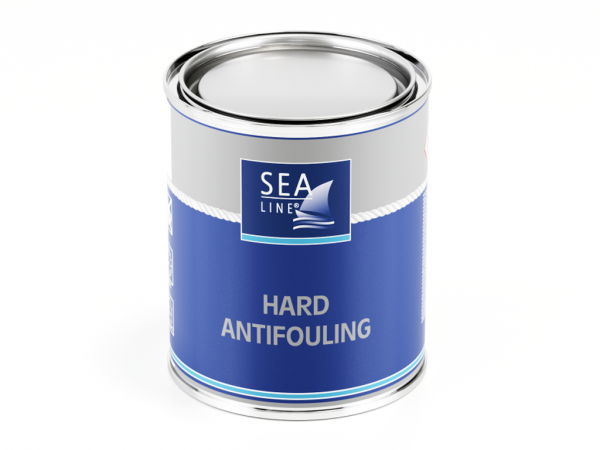
| Type | GRP laminates, wood, Steel | |
| Place | Below waterline | |
| Function | Antifouling paint discourages the growth of barnacles, weed, and other water life on the submersed hull of the boat. | |
| Application | brush, roll, spray gun | |
| Thinning * | No recommended | |
| Theoretical coverage For 1l | ± 10 m2 for 90 μmWFT/ 50 μm DFT | |
| Coats number | 1 – 3 | |
| Maximum recommended layer thickness | 100 μm DFT | |
| Time between layers | Min 6 h | |
| Dry to launch: | Min 12 h | |
| Pack | 0,750 l | 2,5 l |
| Color ** | code | code |
| Black Red Dark Blue | 8282 8286 8284 | 8287 8289 8288 |
In the case of high temperatures and the need to thin the antifouling paint, a maximum dilution of 0-5% (by volume) is recommended.
Dilution and the application method directly affect the thickness of the antifouling paint layer.
Special attention should be paid to obtaining a specific coating thickness (100 μm DTF), which ensures the effective operation of the antifouling paint.
Exposure of a freshly applied antifouling paint to moist air can lead to color change. The discoloration is only superficial and does not affect the effectiveness of the antifouling paint. Due to the content of copper oxide, a small color difference between the parts of the antifouling paint is acceptable.
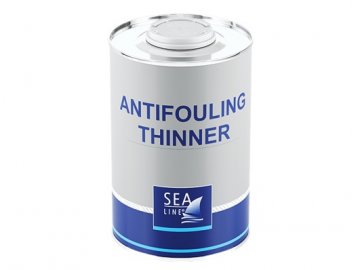
It is very important to use paint thinners, which provide the appropriate parameters of paint – flow, pot life, time […]
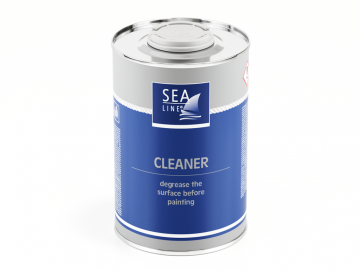
AnchorΚαθαριστικό – συνιστάται για απολάδωση της επιφάνειας πριν από το χρωματισμό πακέτο 1l code 3990 TDS SDS
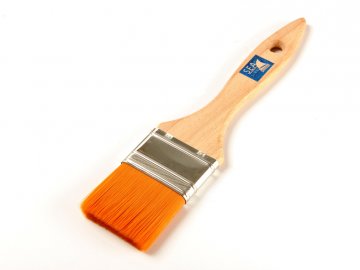
BRUSH PROFESSIONAL Sea-Line® BRUSH Sea-Line® ROLL AND HOLDER ROLL Sea-Line® PAINT TRAY Sea-Line® MIXER FOR PAINT Sea-Line® STORAGE – PLASTIC […]
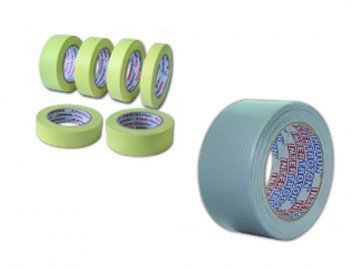
MASKING TAPE MASKING TAPE – MASTER “AQUA” SILVER TAPE – UNIVERSAL MASKING TAPE High-quality masking tape characterized by very good adhesion […]
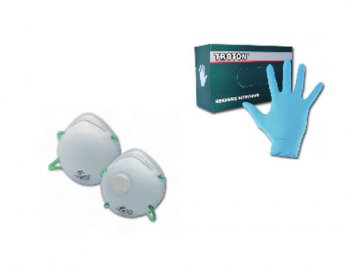
ΜΑΣΚΑ ΣΚΟΝΗΣ ΝΙΤΡΙΛΙΚΑ ΓΑΝΤΙΑ ΜΙΑΣ ΧΡΗΣΗΣ “MASTER” ΝΙΤΡΙΛΙΚΑ ΓΑΝΤΙΑ ΜΙΑΣ ΧΡΗΣΗΣ ΕΝΔΎΜΑΤΑ ΕΡΓΑΣΊΑΣ – ΜΙΑΣ ΧΡΗΣΗΣ POLYESTER ΡΟΎΧΑ ΕΡΓΑΣΊΑΣ ΠΛΥΣΙΜΟ […]

BRUSH PROFESSIONAL Sea-Line® BRUSH Sea-Line® ROLL AND HOLDER ROLL Sea-Line® PAINT TRAY Sea-Line® MIXER FOR PAINT Sea-Line® STORAGE – PLASTIC […]
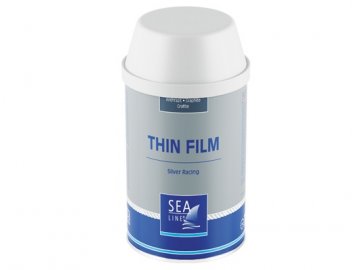
THIN FILM SILVER RACING ANTIFOULING available only in: Germany Austri (Österreich) France Italian no UE countries
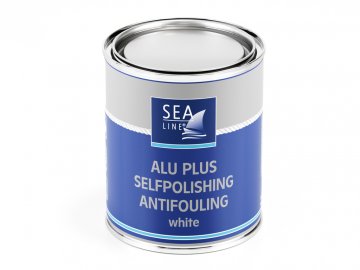
Protect areas below the water line. It can be applied on aluminium (light alloy), steel, wood, fiberglass hulls. It is […]
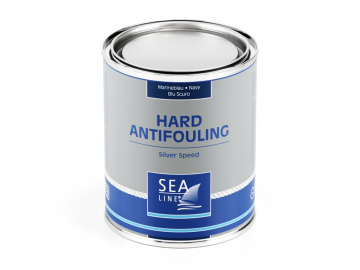
SILVER SPEED HARD ANTIFOULING available only in: Germany Austri (Österreich) France Italian no UE countries
Sea-Line yacht paints are designed for painting the surface of boats and yachts made of various materials, e.g. laminate, wood or steel. We do not have a certificate of the National Institute of Hygiene, which would allow the use of yacht paint to paint the tank with drinking water.
Do not add more hardener, because after the base has cured, the remaining hardener will react with subsequent layers, which will be applied to the surface and cause defects. For the product to work properly, please follow the proportions given by the manufacturer.

Επαναπλήρωση και για να αντιμετωπιστούν οι ανισότητες που προκαλούνται από ζημιές ή κατά τη διάρκεια της παραγωγής

Συγγνώμη,αυτή η εγγραφή είναι διαθέσιμη μόνο στα Πολωνικά, Αγγλικά Αμερικής, Γερμανικά, Γαλλικά, Ισπανικά Ευρώπης, Ιταλικά, Βουλγαρικά και Ρωσικά.

Παρέχει μια αισθητική και μία τέλειαόψητου σκάφους επίσης προστασία έναντι του νερού και uv ακτινοβολίας

Προστατεύει το σκάφος από την θαλάσσια ρύπανση , μαλακή και σκληρή

Αποτελεσματικάαφαιρείτις γρατσουνιές, ανανεώνει την απόχρωση του gelcoat ή του χρώματος, με επίπτωση γρήγορης λάμψης

Ειδική προετοιμασία για τον αποτελεσματικό καθαρισμό και φινίρισμα

Πλαστικοποίησης, κόλληση και συμπληρώνοντας ρωγμές στο gelcoat

Ποικιλία προϊόντων που είναι χρήσιμαστις εργασίες κατασκευής σκαφών